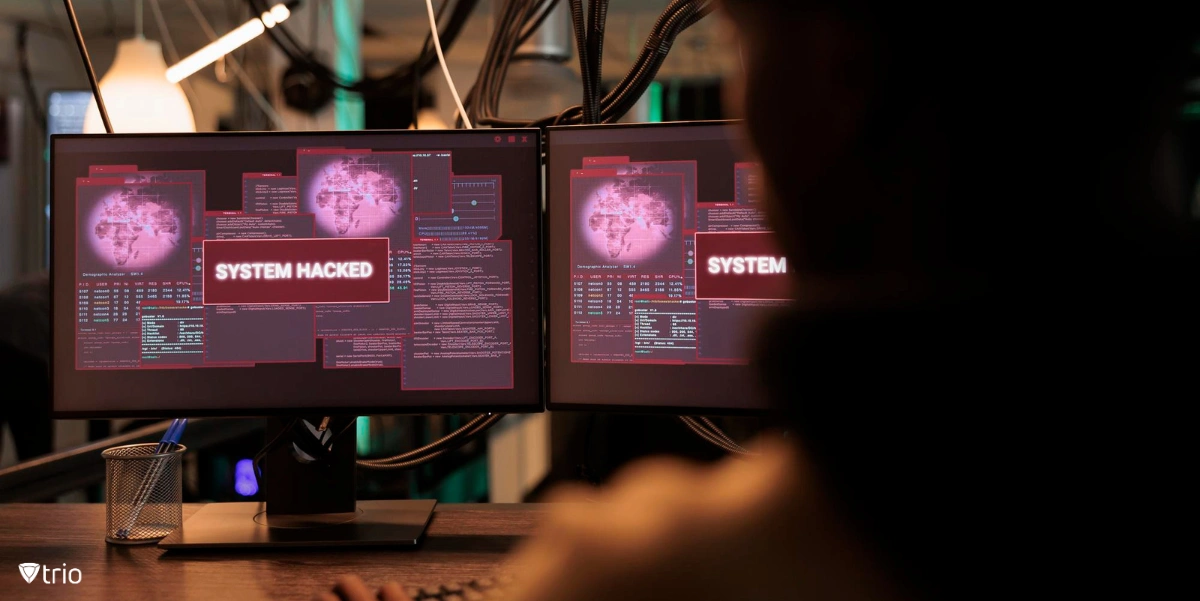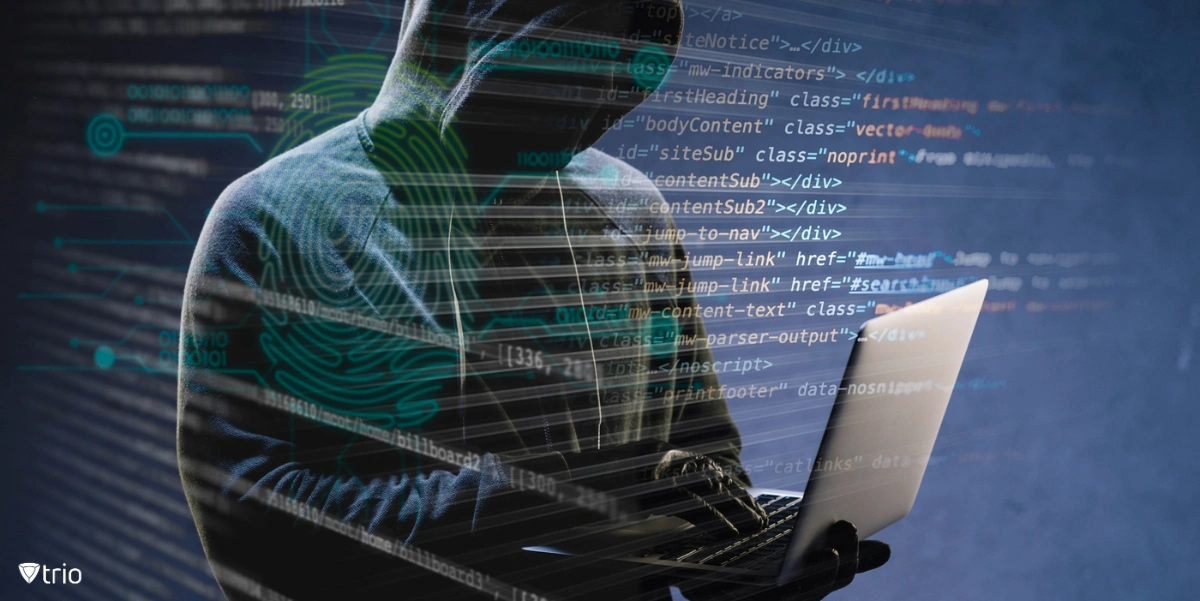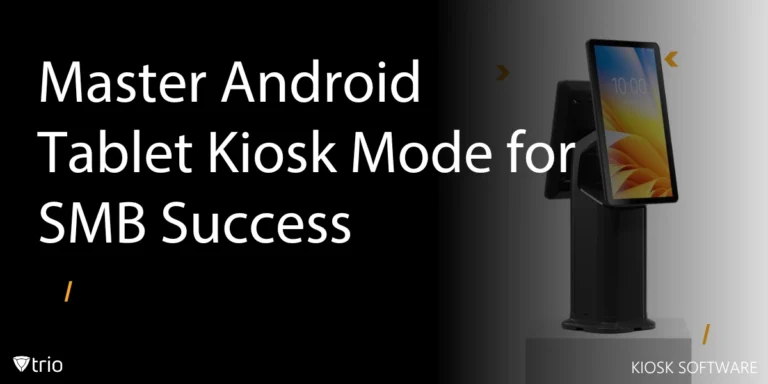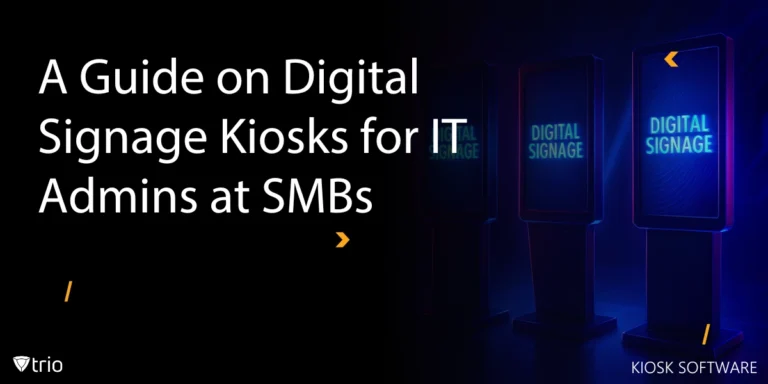The term “Smishing” may seem like a misspelling at first sight. However, it refers to a malicious attempt to deceive individuals into divulging sensitive information or performing certain actions through the use of text messages or SMS. These messages often impersonate legitimate sources, such as reputable organizations or known contacts, and may aim to trick recipients into clicking on malicious links, providing personal information, or downloading harmful content. These attacks exploit the rising dependence on mobile devices and their inherent trust in SMS communication, making them an increasingly prevalent threat. The deceptive nature of smishing messages often leads unsuspecting individuals to compromise their personal data, financial details, or even organizational credentials, rendering them vulnerable to identity theft, financial fraud, and unauthorized access to sensitive information.
Why Preventing Smishing Attacks is Essential for IT Infrastructure
The Thin Line: Identification, Security, and Privacy
Detecting Smishing attacks requires a comprehensive strategy that includes careful examination of diverse communication channels and user activities. However, the main challenge arises when these preventive measures are perceived as an intrusion into employee privacy. To avoid the possibility of smishing attacks, vigilant monitoring of suspicious text messages and phone calls serves as a primary method for detecting potential attacks. This includes identifying unusual or unsolicited messages that urge recipients to click on links, provide personal information, or perform urgent actions. Additionally, keen observation of potential vulnerabilities in mobile devices and operating systems is key which involves thorough analysis of potential entry points for malicious activity, such as unsecured communication channels, outdated software, or unvalidated third-party applications. While it’s essential for organizations to use identification methods to timely prevent these attacks, they must also avoid violating the subtle distinction between security and privacy.
The process of ranking Smishing threats based on their gravity and potential repercussions must involve a thorough risk assessment model. This model considers the degree of immediacy, the potential impact on classified information or systems, and the success probability of the attack. Through the adoption of a detailed approach that involves message inspection, device susceptibility checks, and risk categorization, organizations can reinforce their protection measures against these attacks and improve their security.

Prevention and Protection Strategies
Preventing Smishing attacks requires a proactive and varied approach, which involves implementing a range of strategies to strengthen an organization’s defenses. This includes:
Employee Training: Comprehensive programs that focus on teaching employees how to identify and respond to deceptive messages, emphasizing the importance of skepticism and secure communication practices.
Spam Filters: These can be used within communication platforms to automatically detect and isolate potentially fraudulent messages.
Access Controls: Implementing measures such as two-factor authentication and strict verification procedures can prevent unauthorized access to sensitive data and communication channels.
The preventive measures discussed above highlight the vital role of MDM solutions. These solutions offer centralized management of device security settings, enable the implementation of standardized security protocols, and assist in disseminating security updates across the entire device network. In addition, it’s critical to assess various MDM solutions, considering their offered security measures, ease of use, integration capabilities, and how well their features align with the organization’s specific needs. Choosing the most appropriate MDM solution involves a detailed evaluation of these factors, guaranteeing that the selected platform comprehensively addresses the organization’s needs.
Decoding the Response to Smishing Attacks
Effectively responding to Smishing attacks requires the creation and application of strong protocols. These include comprehensive incident response plans that outline clear steps for detecting, containing, and reducing the impact of such attacks. It’s also crucial to have well-defined data breach response plans to ensure quick recovery from any potential data loss or unauthorized access caused by a Smishing attack. Quick response is vital during a Smishing attack as it can limit potential damage and prevent further exploitation. Prompt and clear communication with employees during and after a Smishing attack is essential to increase awareness, provide guidance on identifying and reporting suspicious messages, and ensure organization-wide vigilance. By establishing transparent communication channels, employees can stay informed, proactive, and in line with organizational security protocols, ultimately leading to a stronger defense against future Smishing attacks.
The First Line of Defense: Employee Education
Employee education stands as a cornerstone in the prevention of these types of attacks, and as a result, plays a crucial role in protecting an organization's overall security posture. By raising awareness and providing thorough training, employees can become the first line of defense against deceptive Smishing attempts. Education enables employees to detect potential threats and suspicious communication, subsequently allowing them to respond in a way that lessens risks. Continuous learning programs are vital in fostering a culture of strong security awareness, ensuring that employees are informed about changing Smishing tactics and have the knowledge to prevent possible attacks. Identifying potential training and education opportunities for employees may involve Smishing tactics, interactive workshops, and comprehensive materials that cover best practices in secure communication. By encouraging a culture of learning and vigilance within the organization, employees actively participate in the shared endeavor to protect the organization against Smishing attacks, ultimately boosting its overall resilience and security position.

Best Practices for Smishing Attack Prevention
To effectively prevent smishing attacks, businesses should establish a comprehensive prevention program that includes regular risk assessments and the implementation of a Mobile Device Management (MDM) solution. This approach enables businesses to identify potential vulnerabilities in their communication channels and mobile devices and take proactive measures to address the risks. Additionally, it’s essential to continuously improve and adapt to new threats by staying up-to-date with the latest security trends and technologies. By implementing these best practices, businesses can protect their sensitive information and protect themselves and their employees from potential cyber threats.
Trio: A Comprehensive Multiplatform MDM Solution
MDM solutions play a crucial role in strengthening organizations' defenses against Smishing attacks by implementing extensive security measures. Trio is an EMM/MDM solution that offers a variety of features designed to prevent and mitigate security and smishing risks. Trio enables IT administrators to establish and enforce rigorous security policies, such as limiting the installation of apps from unverified sources and implementing OS-specific restrictions to ensure all devices are securely configured. Additionally, Trio provides robust disk encryption capabilities to further protect sensitive corporate data. With Trio, IT admins can also set specific password policies and enable Multi-Factor Authentication (MFA) for their users to prevent unauthorized access. By centralizing device management, Trio allows IT teams to quickly react to emerging Smishing threats, apply security updates, and enforce uniform security protocols across all managed devices. Therefore, incorporating Smishing attack prevention features into their mobile security frameworks can help organizations effectively leverage Trio to enhance their defenses against these widespread and harmful security risks. Empower your IT team to react swiftly to emerging threats, apply updates, and enforce uniform security protocols across all devices. Experience the power of Trio with our free trial – fortify your defenses against Smishing risks today!
Conclusion
As discussed throughout this blog post, smishing attacks pose a significant threat to businesses. As it intends to trick individuals into providing sensitive information or downloading malware by sending fraudulent text messages. As a result, it's crucial to establish a comprehensive prevention program to mitigate these risks. Educating employees on different smishing techniques and responding to emerging threats is also crucial. Following best industry practices in case of smishing or other cyber-attacks is another important aspect that shouldn't be overlooked. Also, implementing an MDM solution such as Trio can significantly enhance an organization's defenses against cyber-attacks by providing robust security features and centralized device management. However, selecting the most appropriate MDM solution requires a detailed evaluation of an organization's specific needs and requirements. By taking proactive measures to prevent Smishing attacks, businesses can protect their sensitive information and protect themselves from potential cyber threats.
Get Ahead of the Curve
Every organization today needs a solution to automate time-consuming tasks and strengthen security.
Without the right tools, manual processes drain resources and leave gaps in protection. Trio MDM is designed to solve this problem, automating key tasks, boosting security, and ensuring compliance with ease.
Don't let inefficiencies hold you back. Learn how Trio MDM can revolutionize your IT operations or request a free trial today!





